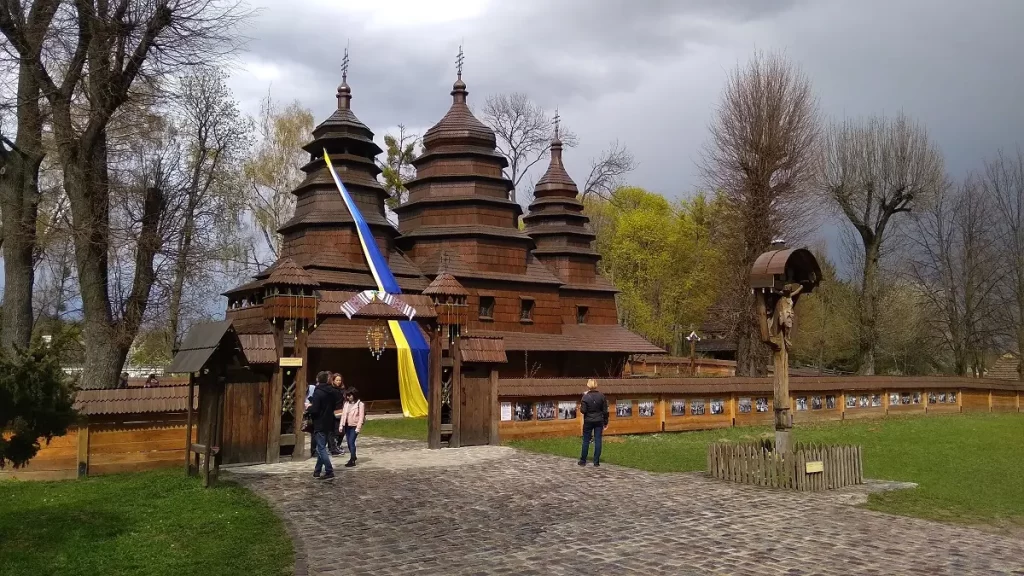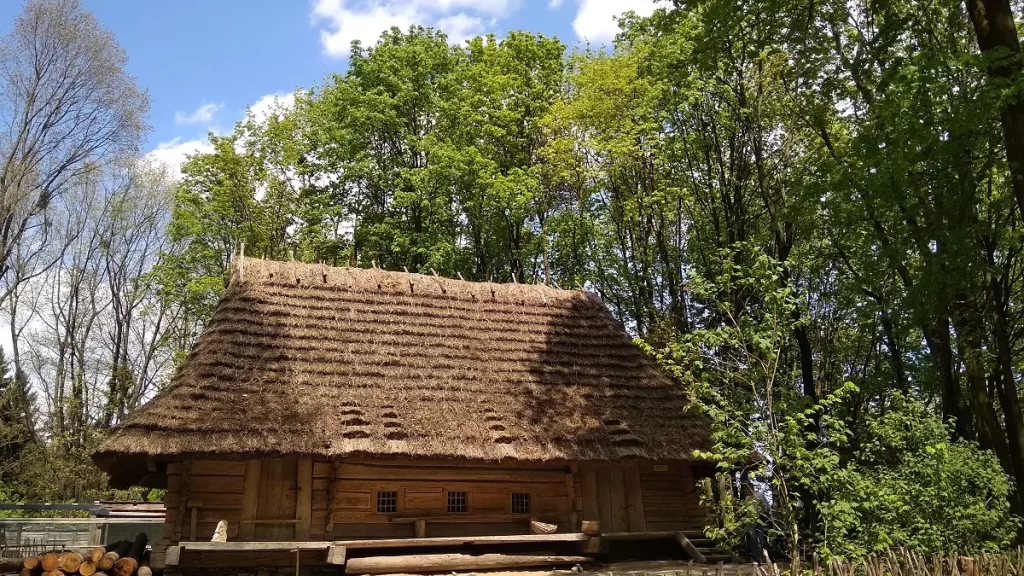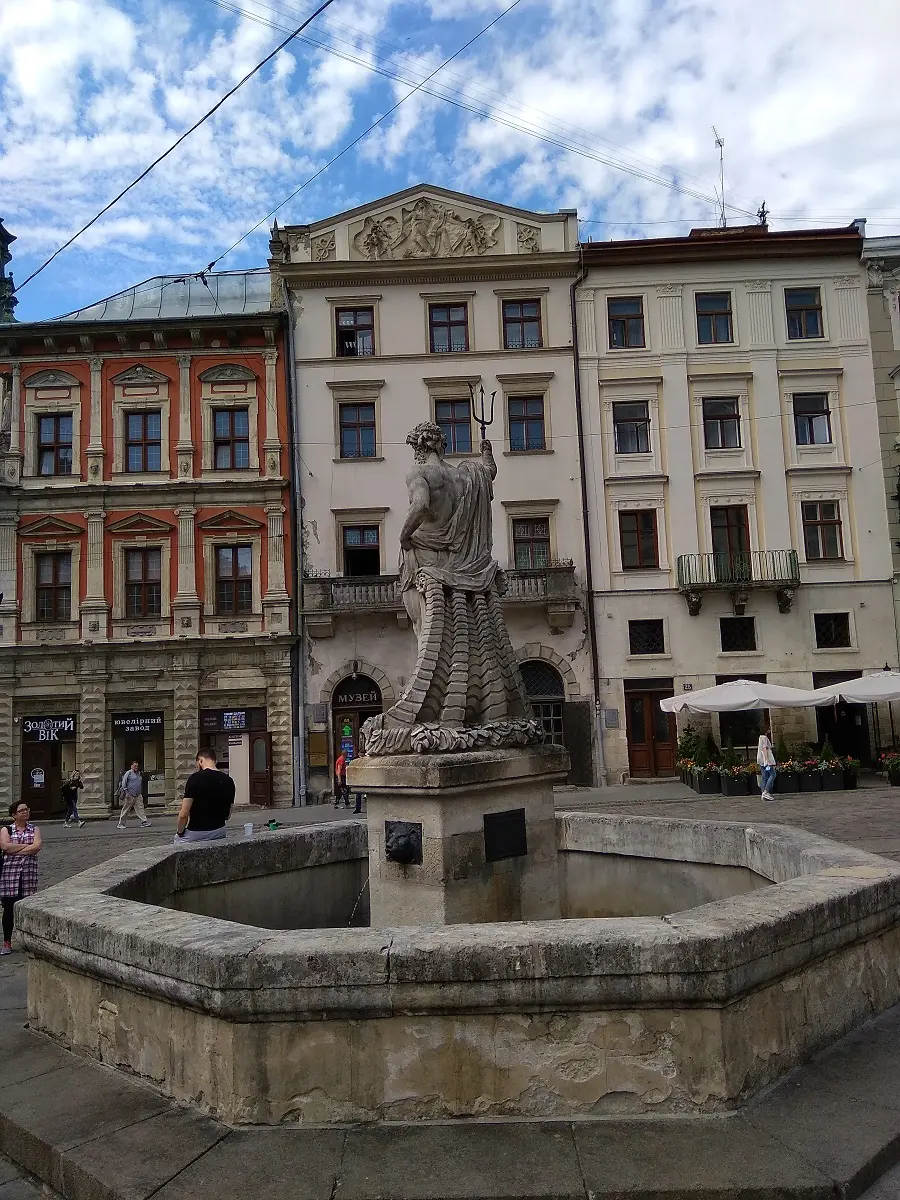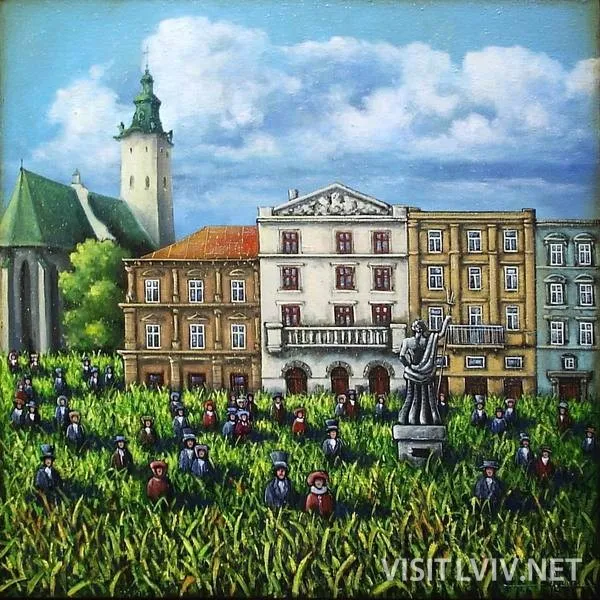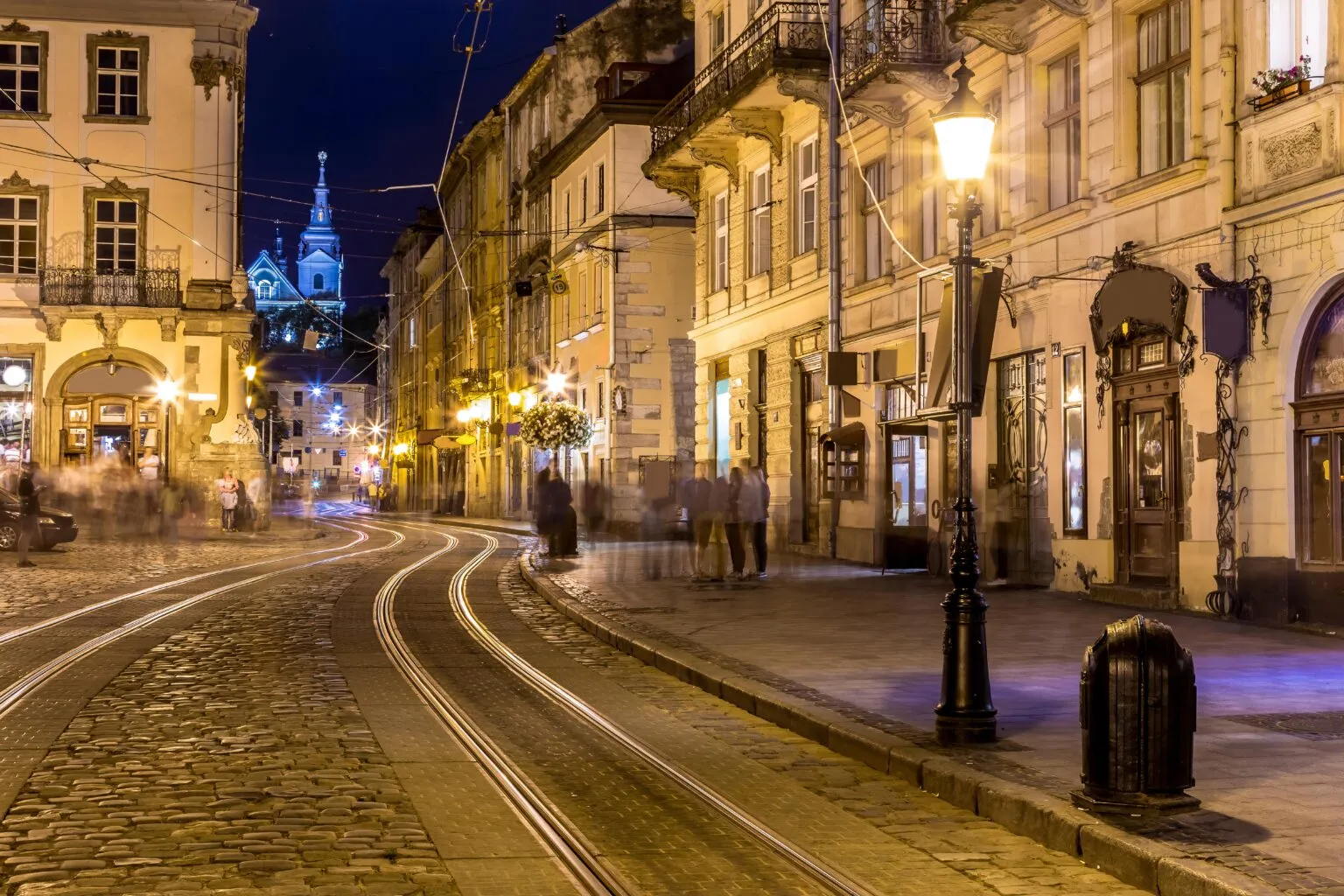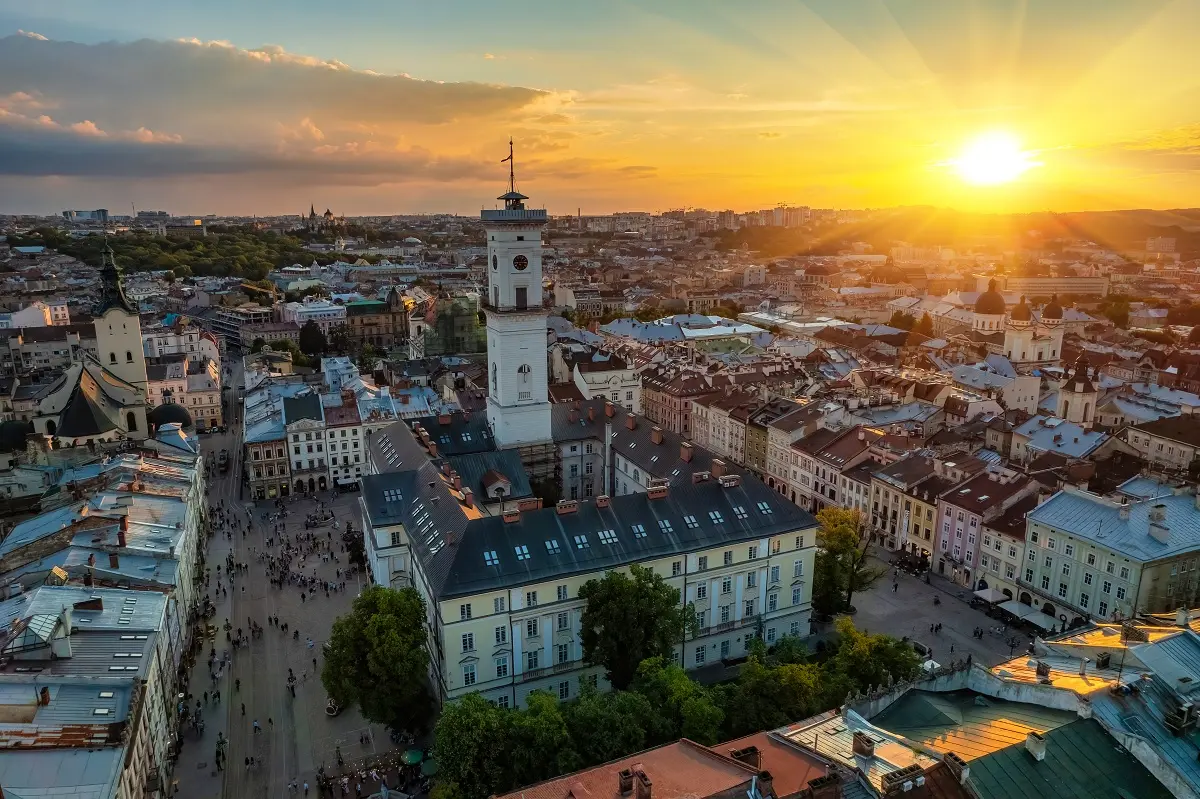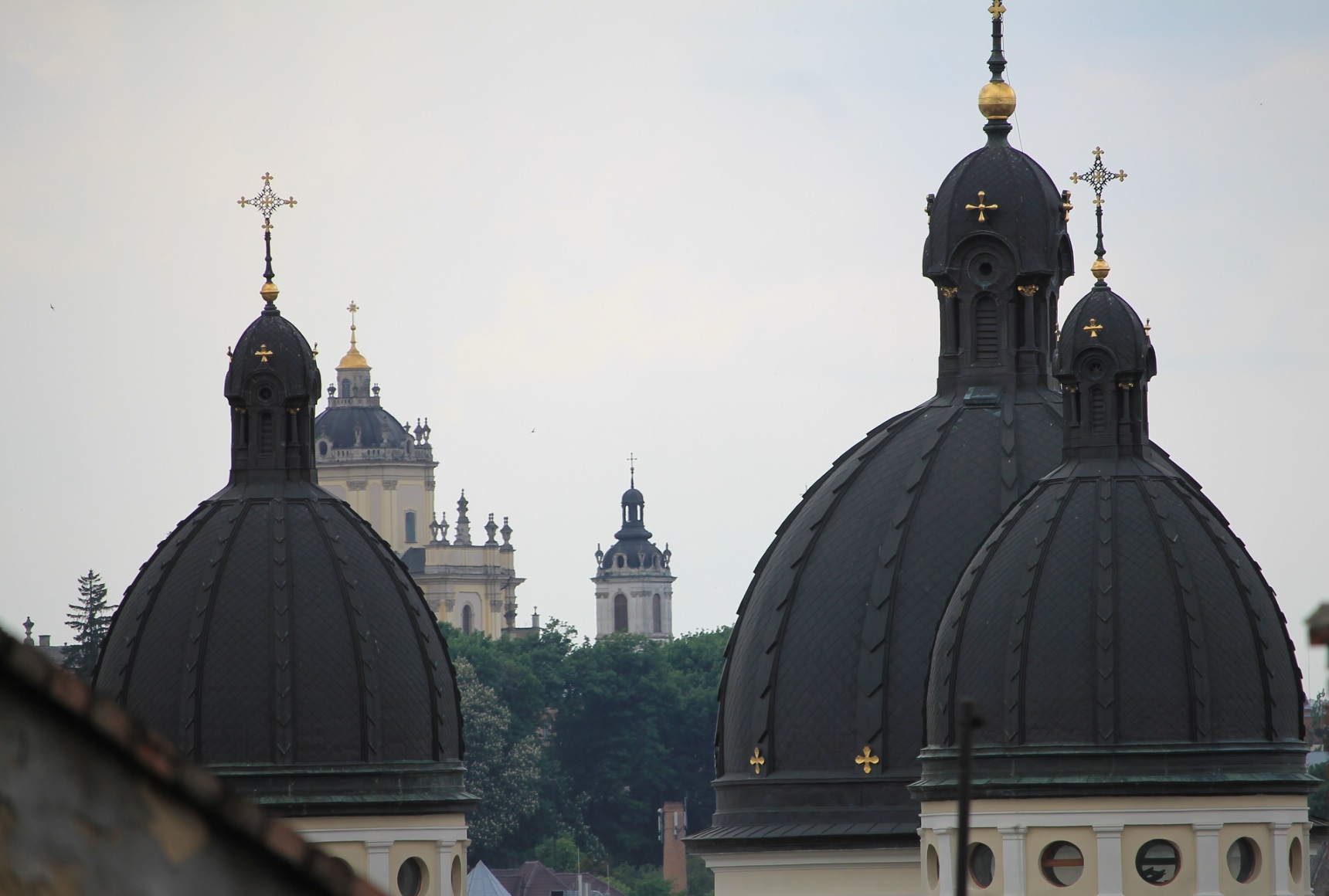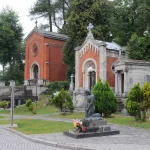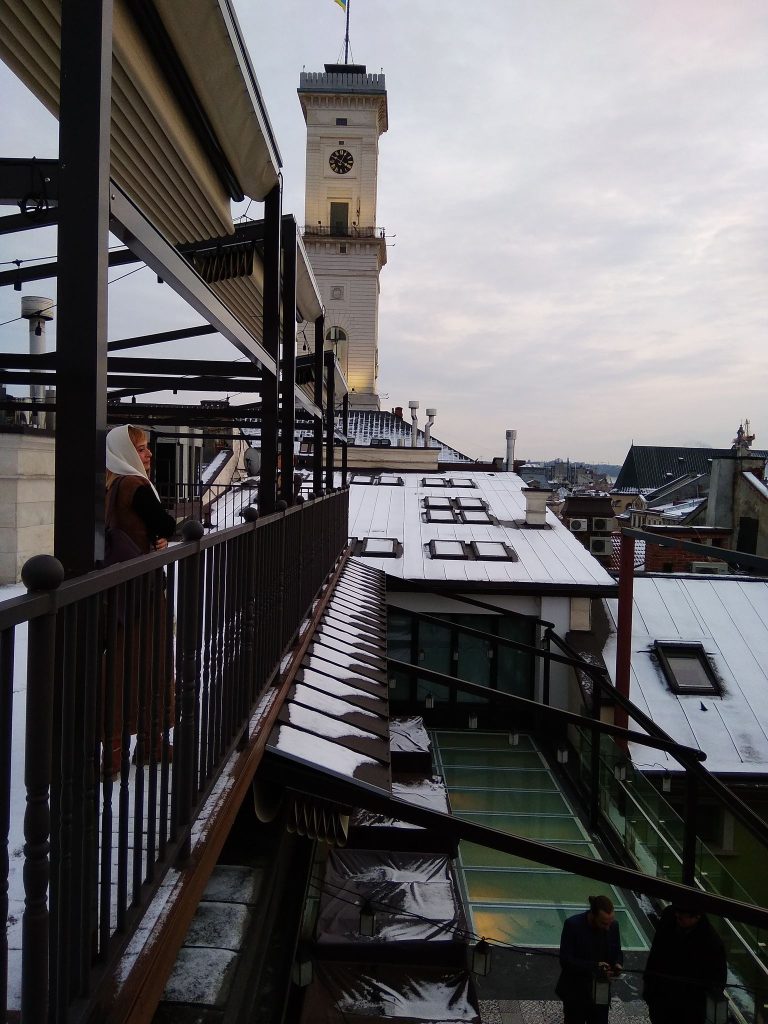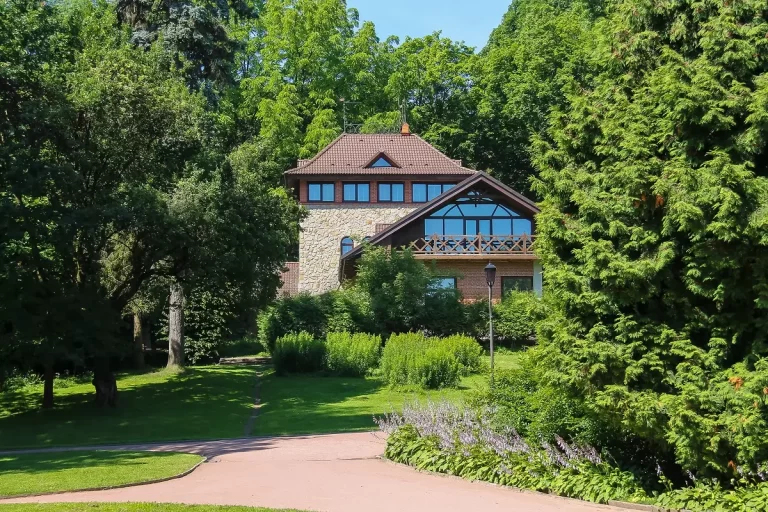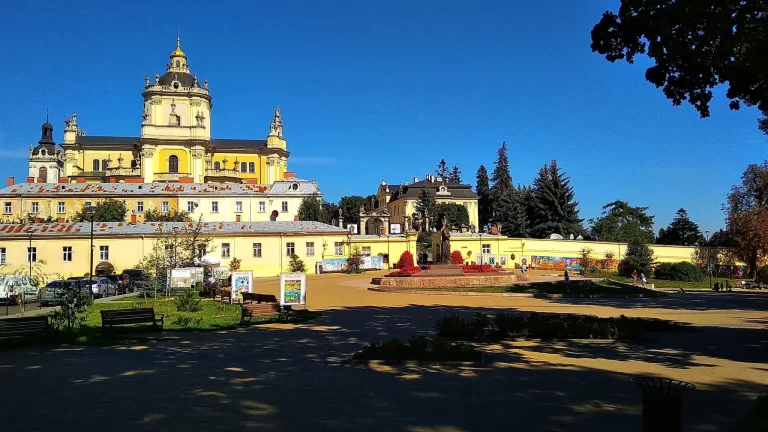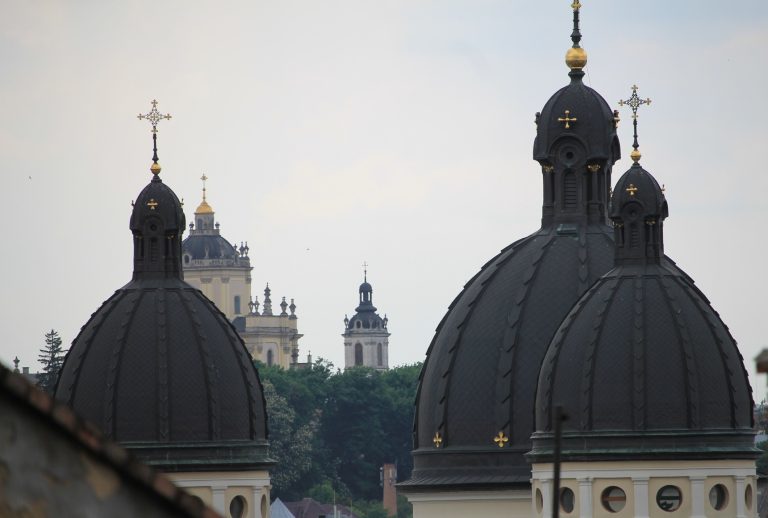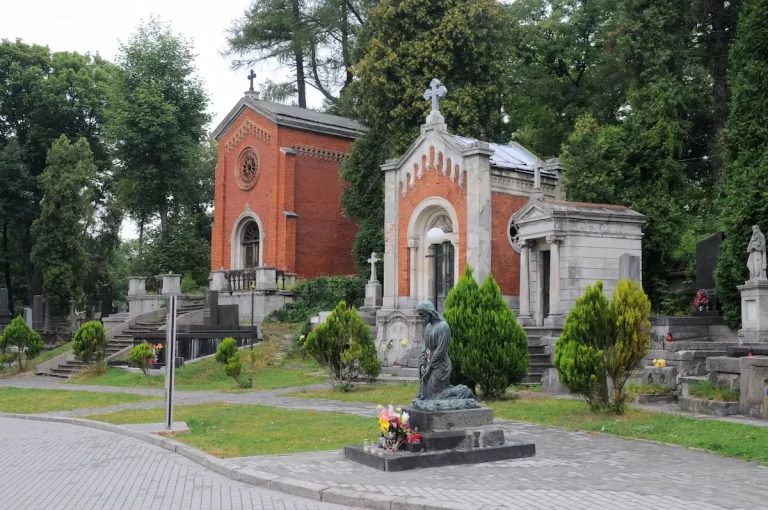In the first place, what to see in Lviv?
Rynok Square
The central square of ancient Lviv has preserved numerous merchant houses and noble palaces. Its oldest buildings date back to the 16th century and still retain their Renaissance features. Numerous patrician palaces are distinguished by their elegance and the modesty required by the laws of Magdeburg rights. Each house has its own color, unique decorations, and a history that spans over half a millennium.
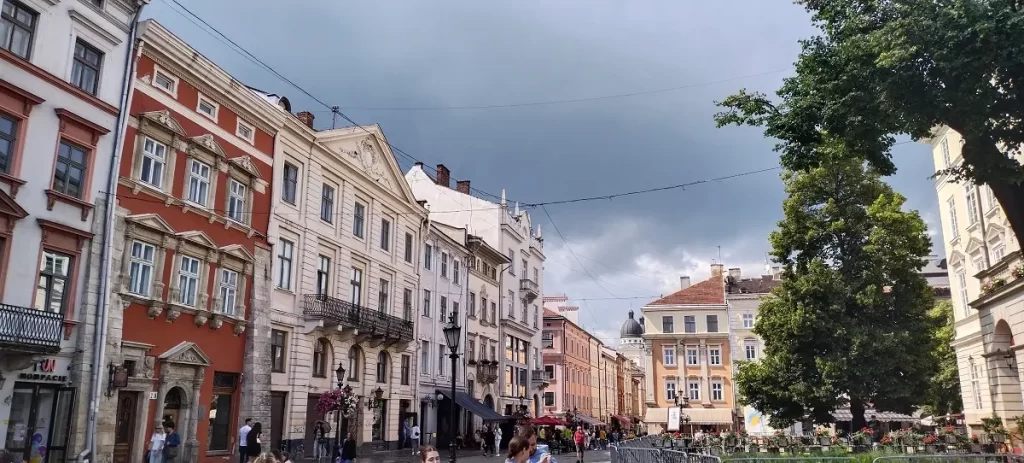
The Lviv Opera House
This is the true face of the city and one of its most recognizable symbols. Built in the last three years of the 19th century, the theater became a sanctuary for the arts. In addition to the performing arts, it delights the eye with its sculptures and paintings, with which it is abundantly adorned.
Moreover, for the first time in this part of Europe, the foundations are laid on a reinforced concrete strip foundation, allowing this colossal structure to withstand marshy ground.
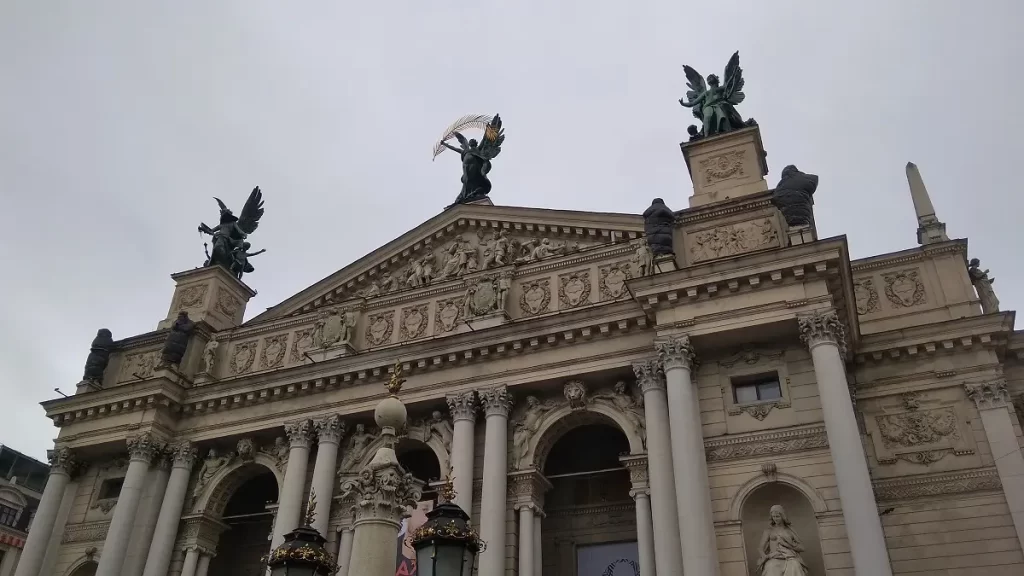
The Church of St. George
It is often referred to as the ‘main church of Ukrainian Lviv.’ The first temple on this site was likely built in the 13th century as a suburban church.
The current church was constructed by the Lviv-based architect of Italian origin, Meretyn, in the Rococo style. The church is part of a lavish ensemble that includes the former monastery and the archbishop’s palace.
From 1700 to 1946 and from 1991 to 2013, it served as the main church of the Ukrainian Greek Catholic Church.
We recommend visiting the crypt (underground) of the church, where, among others, the renowned spiritual leader of the Galician Ukrainians, Metropolitan Andrey Sheptytsky, is buried.
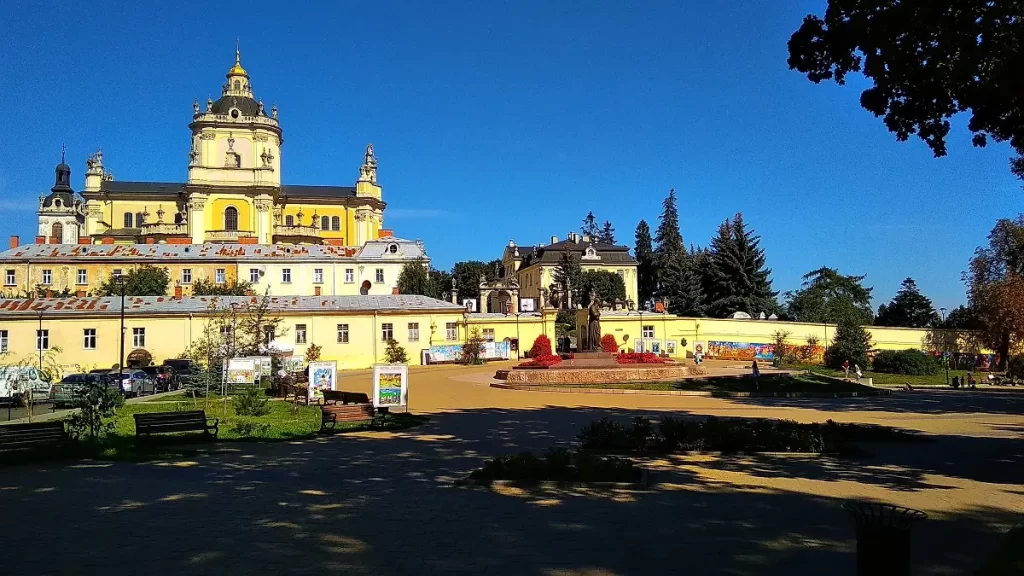
The Church of St. Elizabeth
The tallest church in Lviv (85m). It welcomes everyone arriving in the city through the main railway station. Built in the early 19th century in the neo-Gothic style, it once housed the largest organ in Lviv and the biggest stained glass windows. All of this was lost during the war and when the Soviet authorities converted the church into a warehouse.
Originally constructed as a Catholic church, it is now a Greek Catholic one. Out of respect for its previous history, the iconostasis is made transparent so as not to conceal the old Catholic altar.
One of the towers can be ascended via metal spiral stairs.
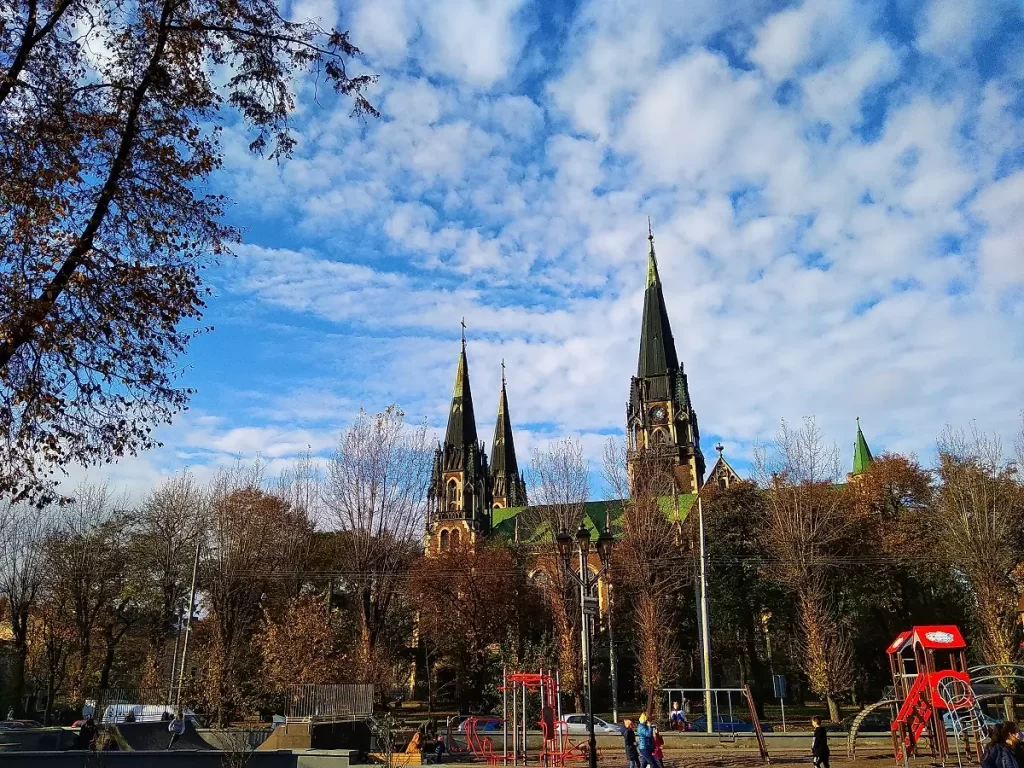
The Boim Chapel
This is the funerary mausoleum of the Lviv patrician Boim family from the early 17th century. Three generations of the family were interred in the chapel. One of the Boims became a Jesuit monk and served as an advisor to the Emperor of China. He was one of the first Europeans to extensively study Chinese nature and medicine.
The chapel was built by Andreas Bemer in the Renaissance and Mannerist styles. It is incredibly richly decorated with stone carving and reliefs. These adorn the entire interior, including the dome, as well as the main facade on the outside. It was once painted as well. Even now, the chapel presents a magnificent sight. It is a unique monument in Lviv that is definitely worth seeing.
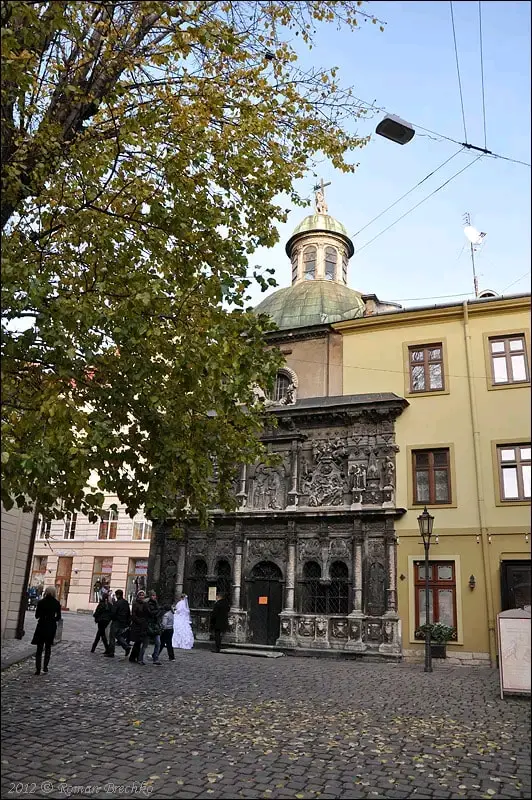
The Dominican Church
Museum Square
Now a Greek Catholic Church of the Holy Eucharist, it was originally built as a Catholic Church of Corpus Christi in 1764. It was funded in part by Mykola Potocki, who also financed the creation of the Pochaiv Lavra. The church also served as the burial place of the patron’s mother.
This church is built in the Baroque style. The architects were Jan de Witte (the father of Sofia Potocka’s first husband, for whom the famous Sofiyivka Park in Uman was created) and Martin Urbanik.
The Dominican church is believed to have been here since the time of Prince Leo. It is speculated that there may have been his palace here, which was transformed into a monastery and partially preserved to this day.
During Soviet times, the church was part of the Museum of the History of Religion and Atheism.
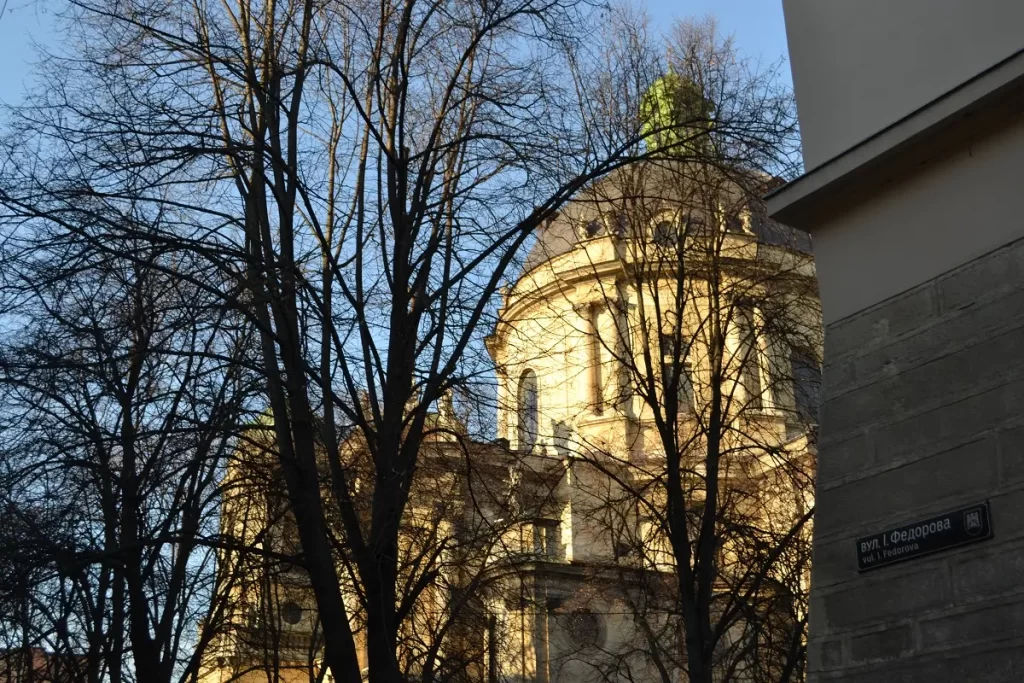
The Armenian Church
The main temple of the Armenian Apostolic Church in Ukraine. Built in the 14th century, it was later expanded. Its main adornments are the frescoes by the legendary Jan de Rosen, mosaics by Jozef Mehoffer, and a wooden ceiling with gilding. Rosen’s frescoes are mystical and philosophical. Interestingly, the artist depicted the faces of saints who were known Lviv residents of that time. Frescoes from the 14th century and an ancient baptistery have also been preserved. The courtyard is paved with ancient tombstones.
Surrounding the church is a complex consisting of the Archbishop’s Palace, a memorial column of St. Christopher, a church treasury, and a women’s monastery.
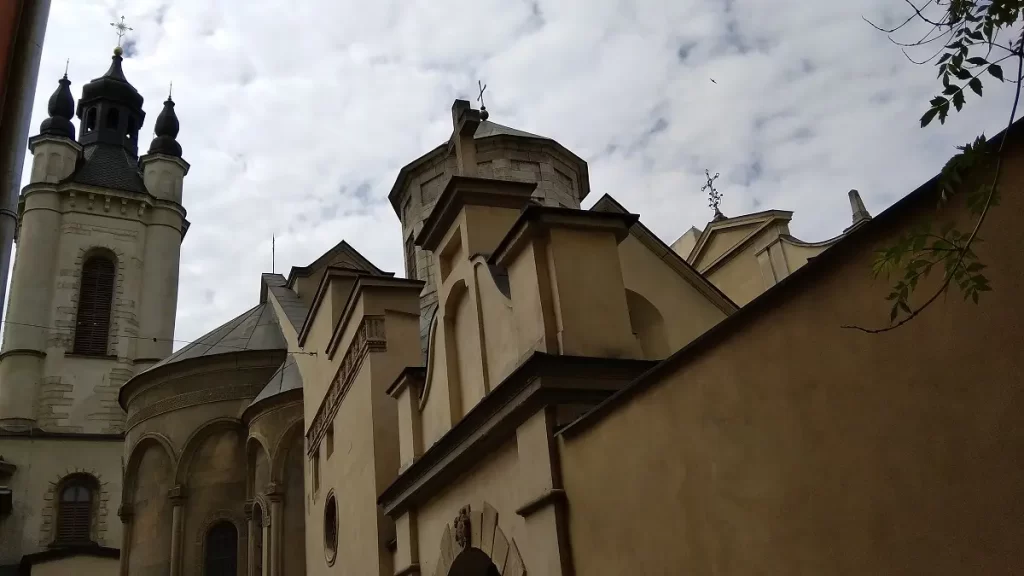
The Bernardine Church
It is undoubtedly the most splendid church in Lviv. Hundreds of sculptures, 17 altars, and magnificent frescoes create an incredible effect. The author of the frescoes, monk Benedykt Mazurkevych, studied under Giuseppe Pedretti in Bologna.
The church is part of the ensemble of the former Bernardine monastery, which served as a defensive fortress. Some of its defensive walls have been partially preserved. Therefore, it is recommended to walk around the monastery and visit its courtyard.
In the pre-Soviet period, the church housed the burial of Jan of Dukla, the first Catholic saint of Lviv. During Soviet times, the church was inactive. It has since undergone extensive restoration. As a result, it looks from the inside as if it were built and adorned just yesterday.
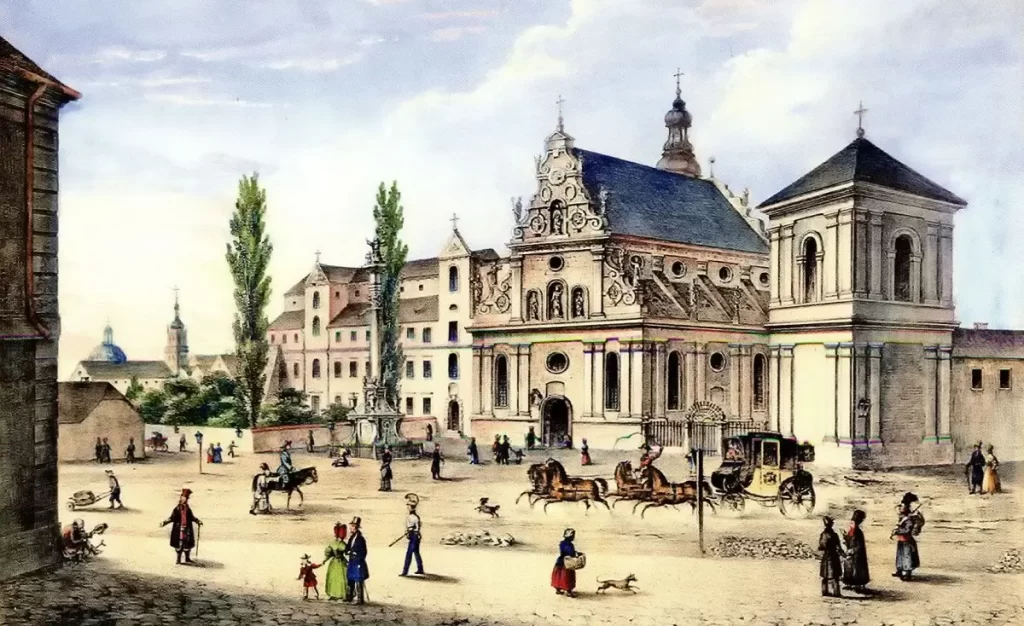
The Stryiskyi Park
This is not just a late 19th-century park with exotic trees like the living fossil – the ginkgo tree. In 1894, the Krajowa economic exhibition was held in the park, which led to the creation of an electric tram and the first power station in Lviv. The Krajowa exhibition showcased the cutting-edge achievements of science and economy in the province. Similar exhibitions took place in significant cities across Europe. Exhibitions in the capitals of empires, such as Paris, London, and Vienna, were particularly grand.
Between the World Wars, smaller-scale exhibitions, now called the Eastern Fair, were held here.
Nowadays, it’s a wonderful recreational area with deep ravines and a district of villa architecture.
The Heavenly Hundred Memorial
The memorial is located on a small hill at the foot of the High Castle mountain. This vantage point offers an excellent view of the city center. Additionally, from here, you can take a romantic stroll down the Pyscha Street and reach the once wealthiest Benedictine Catholic women’s monastery.
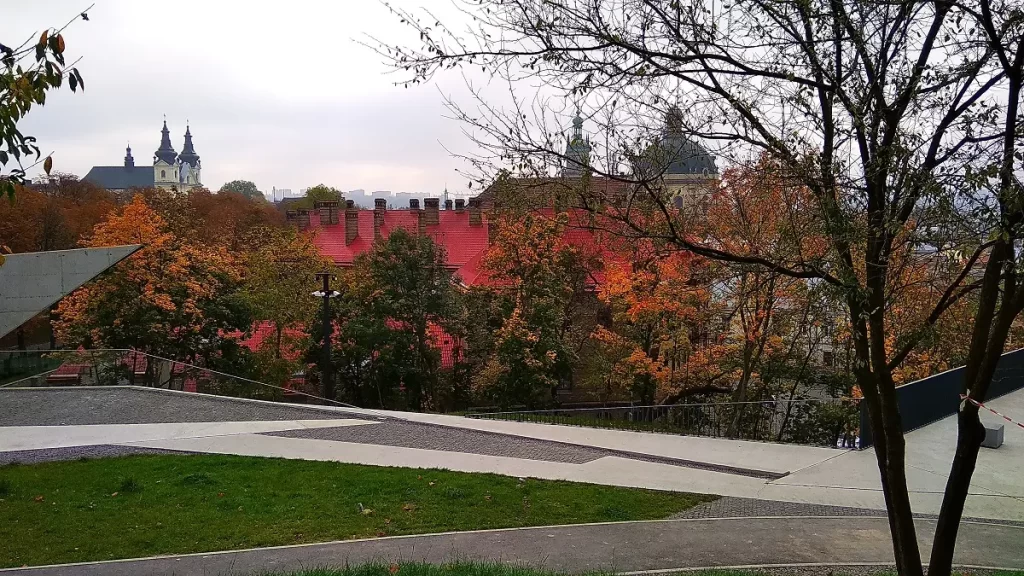
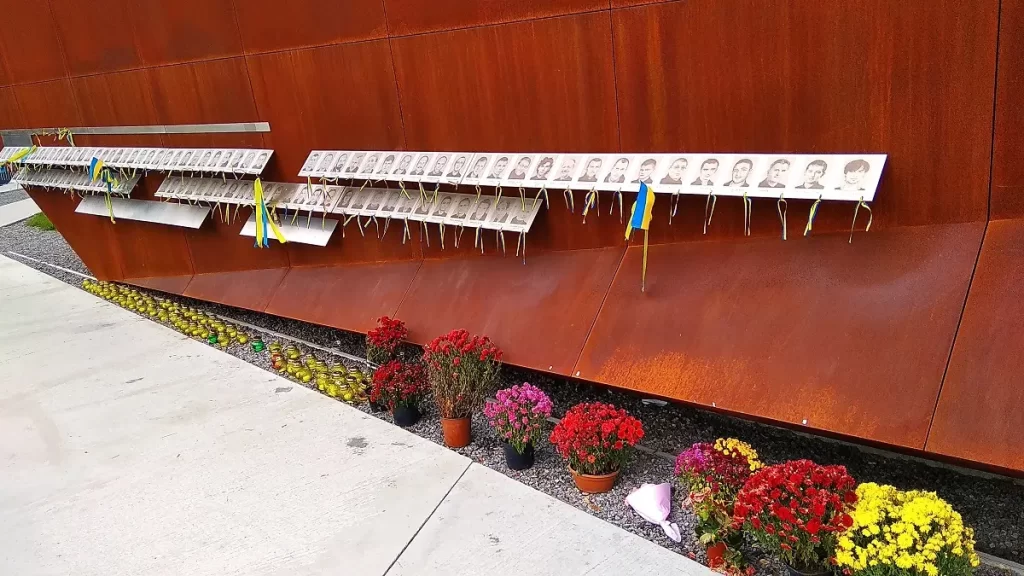
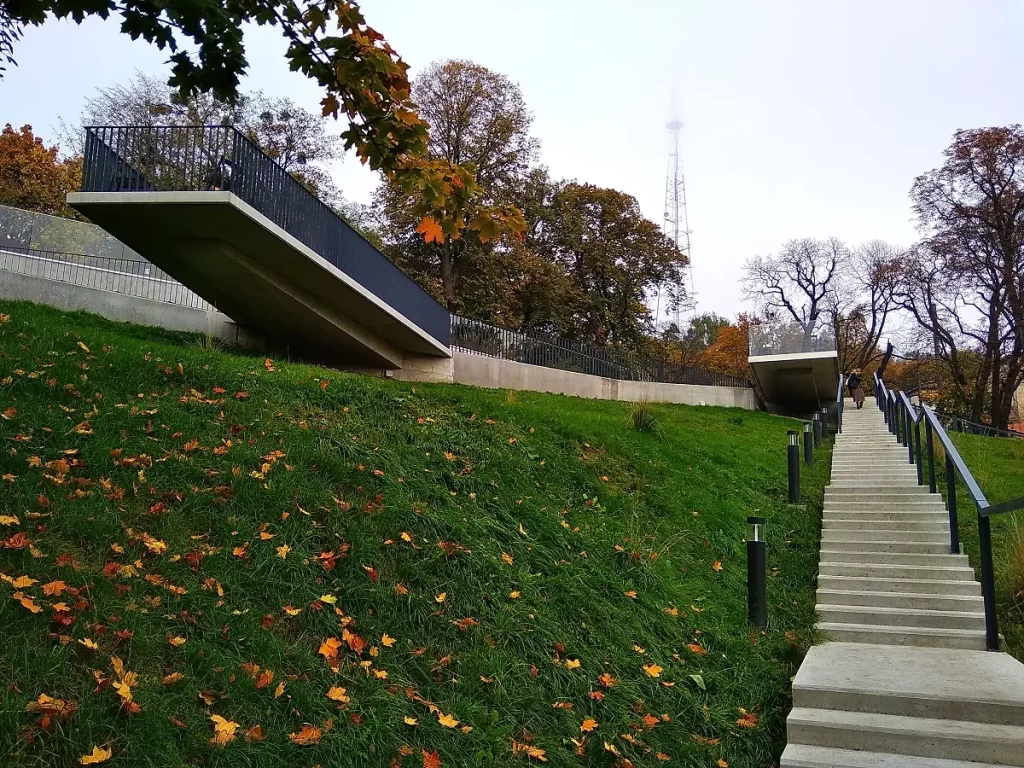
The Israelite Hospital
The former hospital of the Jewish community in Lviv, now a maternity hospital. The hospital was built in the late 19th century in the style of Eastern, Moorish architecture, and its dome resembles a mosque. In fact, the main building was financed by Lviv banker, director of the Mortgage Bank, Dr. Maurycy Lazarus.
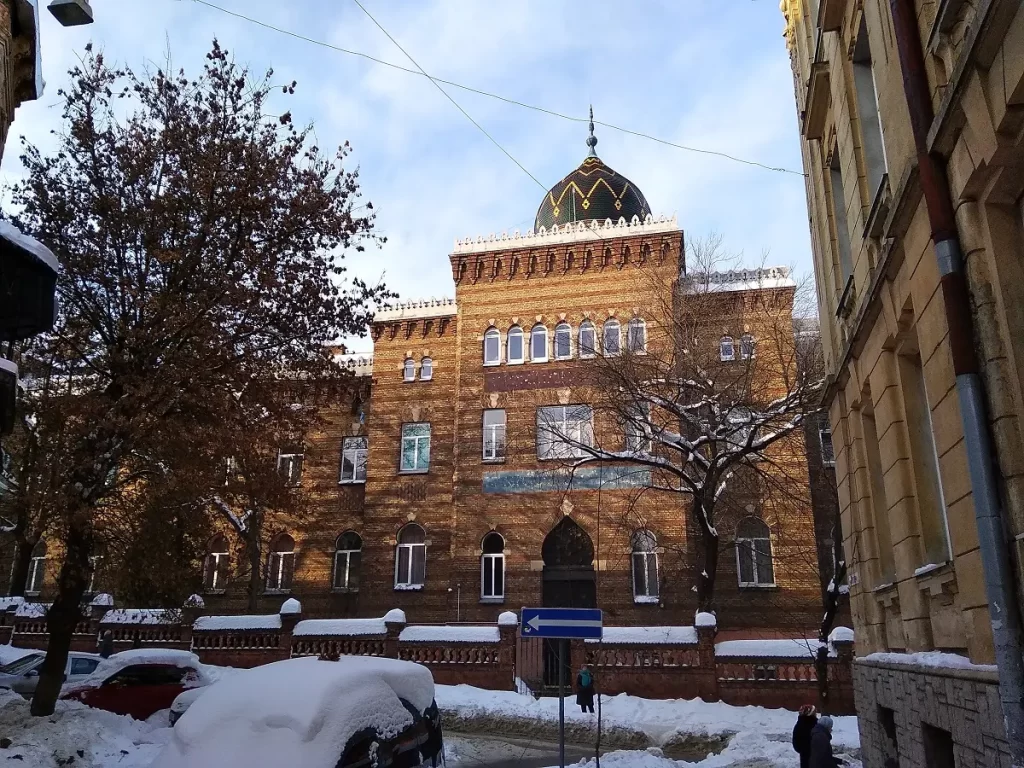
Lychakiv Cemetery
Now, Lychakiv Cemetery covers 42 hectares of land and hosts 300 graves. However, it’s not about the quantity. Here lie the undeniable genius Ivan Franko, the opera diva of worldwide fame Solomiya Krushelnytska, the author of ‘Chervona Ruta’ Volodymyr Ivasiuk, the activists of the ‘Ruska Triytsia,’ the builders of Galicia Markiyan Shashkevych and Ivan Vahylevych, the mathematical genius Stefan Banach, prominent Polish literature writers such as Seweryn Goszczyński, Władysław Bełza, Maria Konopnicka, Gabriela Zapolska… But no matter how much one continues, the list will always be incomplete.
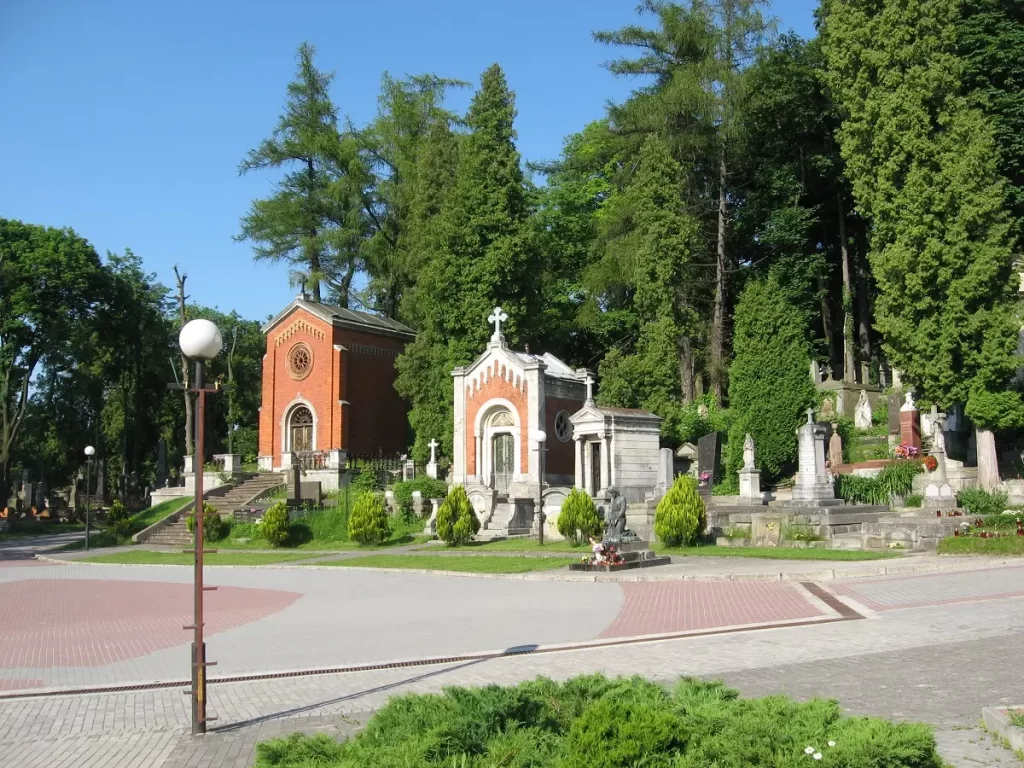
Shevchenkivskyi Hai
Shevchenkivskyi Hai” is the popular name for the Museum of Folk Architecture and Rural Life named after Klymentiy Sheptytskyi. The museum recreates the folk architecture of the Carpathians and the Subcarpathian region from ancient times. This region is quite complex both in terms of natural zones and ethnography. All of this influenced regional differences in folk architecture, which adapted to the peculiarities of economy and the diversity of climate. Therefore, it’s very interesting to compare how the Boykos’ region differs from the Lemkos’, the plains of Lviv from the valleys of Transcarpathia, Bukovyna from Hutsulshchyna… Fortunately, the exhibits are arranged in sort of ethnographic villages, making it easy to explore these distinctions.
